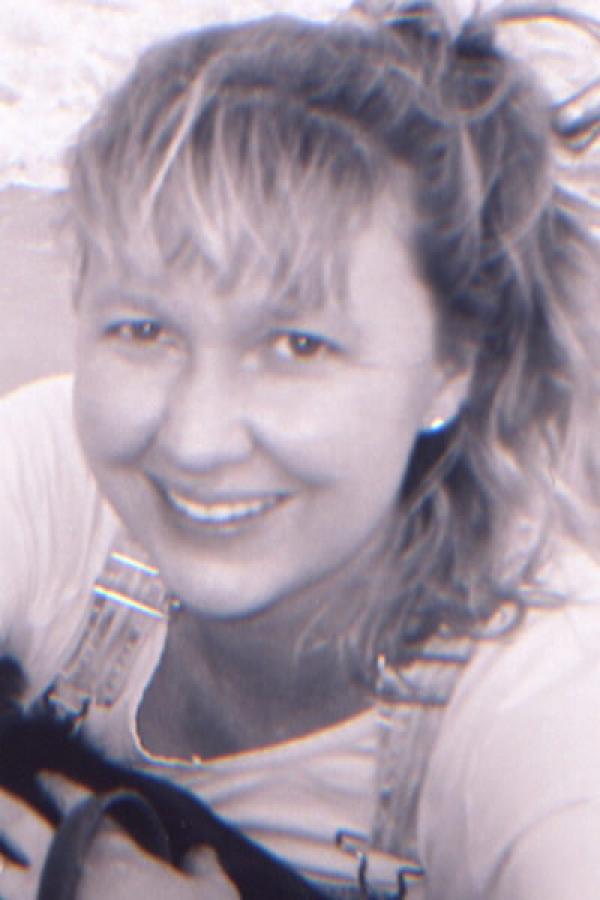Faith Shearin

Photo by Anne Shearin
Bio
Faith Shearin's first book The Owl Question (Utah State University Press, 2004) won the May Swenson Award, and her second The Empty House was published by Word Press in December 2008. Recent work appears in Ploughshares, Salamander, and North American Review. Her poems can also be found in Sweeping Beauty: Contemporary Women Poets Do Housework. Shearin has been a visiting writer at American University, Carver Center for the Arts, and Interlochen Center for the Arts. She has been the recipient of two fellowships from the Fine Arts Work Center in Provincetown and a grant from the Barbara Deming Memorial Fund. She lives with her husband and daughter in Kitty Hawk, North Carolina, where she serves as Literary Director for the Ghost Fleet Gallery.
Author's Statement
I have always loved to read. My paternal grandmother shared my devotion to books and I spent many childhood summers in her flower garden with my head bent over words. My third-grade teacher was unconventional and encouraged me to make up stories and poems. In high school I was lucky enough to study with a writer who loved to read poetry aloud, his mouth full of image and sound.
The desire to write is, for me, a desire to be in dialogue with the books I carry even into my bathtub and bed. It is an attempt to make sense of what I see or feel: my experience of gender and emotion and time and place.
I was lucky enough to win a first and second year fellowship to the Fine Arts Work Center in Provincetown when I was still in my early twenties. Those years in a cottage on Cape Cod with a stray cat and the wind shifting in my window helped me learn how to make a space for writing. It helped me believe that the poems I was making could put more than a metaphorical cottage around me. It was also a vote of confidence: writers I admired thought I could be a writer, too.
After Provincetown, I tried to remake my writing life without the dappled light or the time or the companionship of other writers and artists. Sometimes I taught high school or college which borrowed my creative energy. At thirty I was also a mother which meant I slept and read less. Without the May Swenson Award and the arrival of my first book I might have stopped believing; I might have tucked my poems in a drawer and forgotten how much they allowed me to dream. I might have decided that the dialogue my books inspired was largely with myself.
Now, nearly forty, the National Endowment for the Arts has offered another chance to make a space, each day, for books and poems. It has suggested that the writing is worth money: that poetry matters. The National Endowment for the Arts often takes a chance on artists before they are well known, which is the time when they need the most help and encouragement. Our culture is richer because of their faith in people like me.
Buried
This is my mother turned towards the ocean
and this is my daughter digging a hole
the size of a dinosaur's thigh. Mother pauses
to survey the horizon which is a pair
of thin blue lips. Mavis faces me --
at the center of her circle like a pupil
in an eye. It is always summer
in this photo and everywhere there are lines:
between sand and water, or water
and sky. The shutter opens and closes,
sifts through our family's drifted history.
Why do I love this picture?
Is it the colors that drip
and cry? Or the hole
my daughter digs which is full
of my own shadow? I am
what is found and what is covered up --
part truth, part lie.

